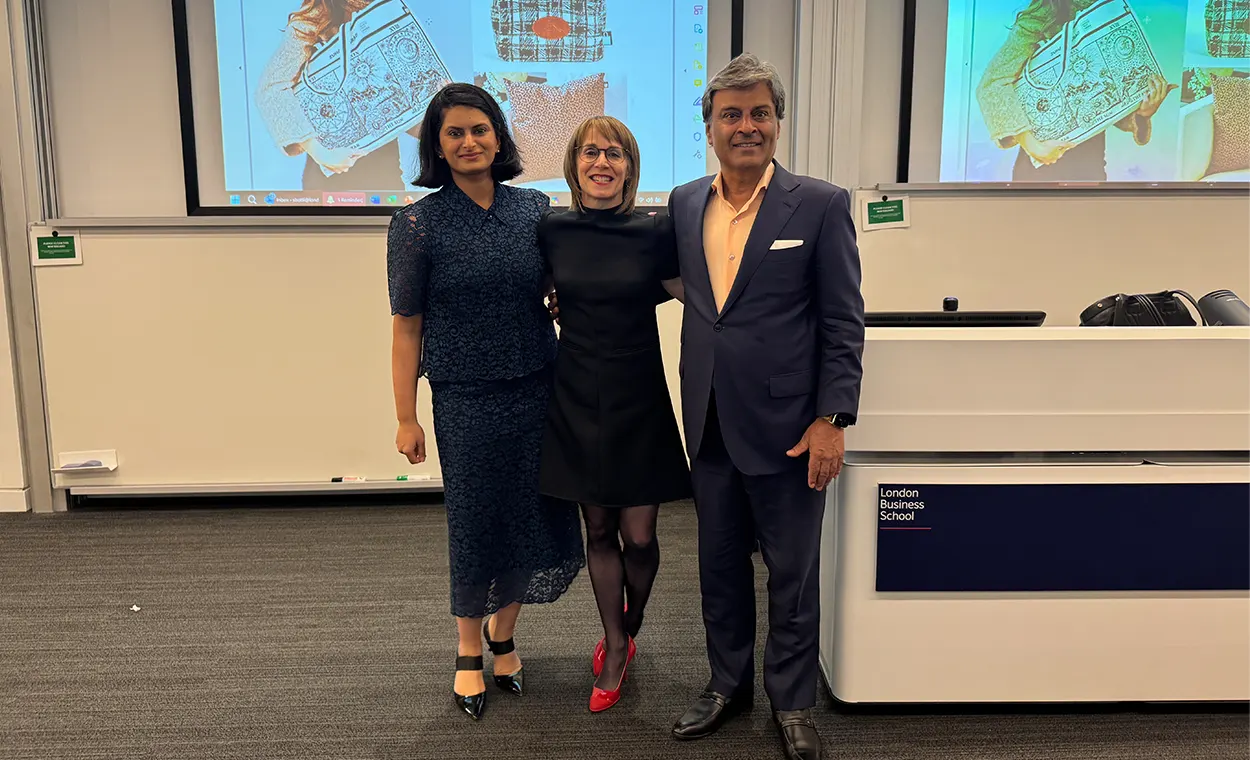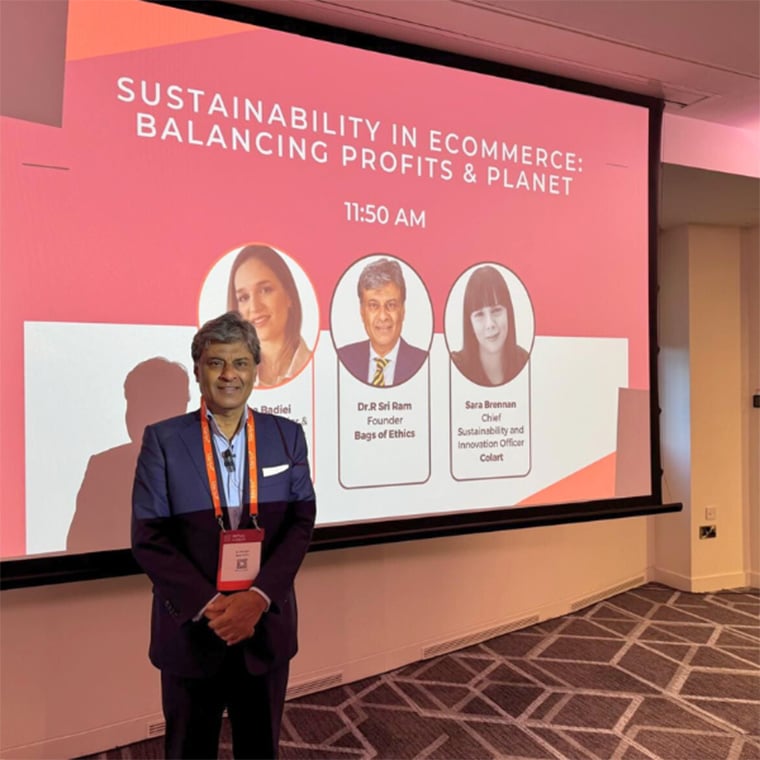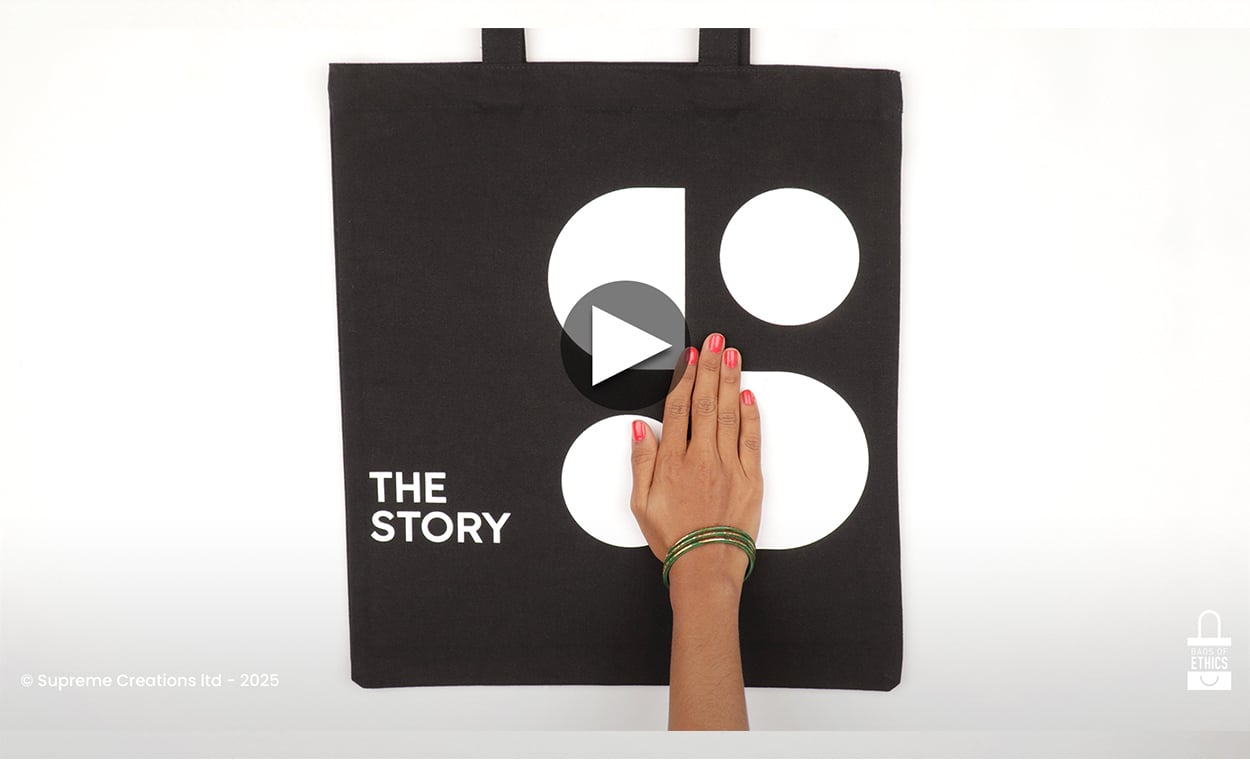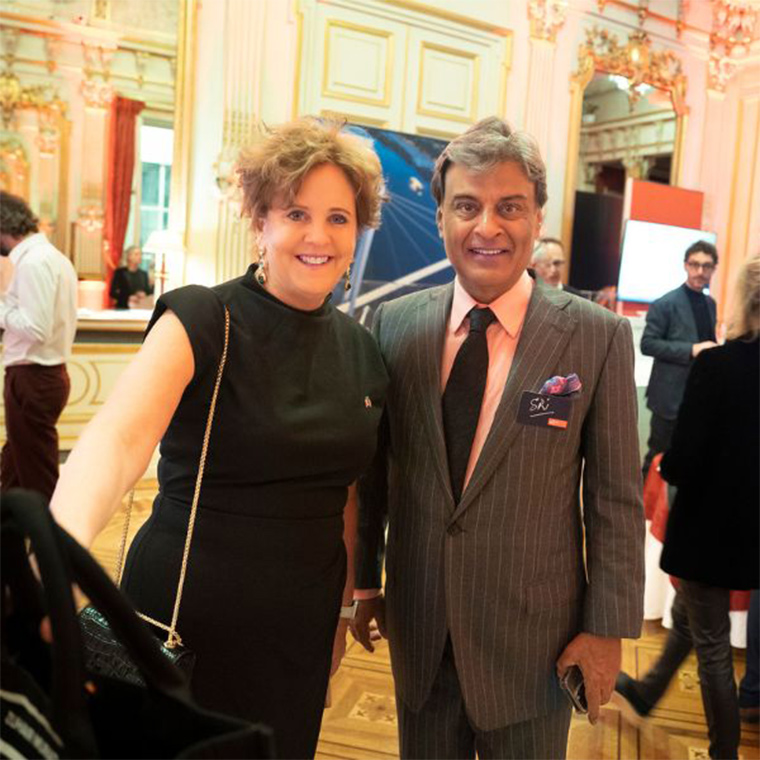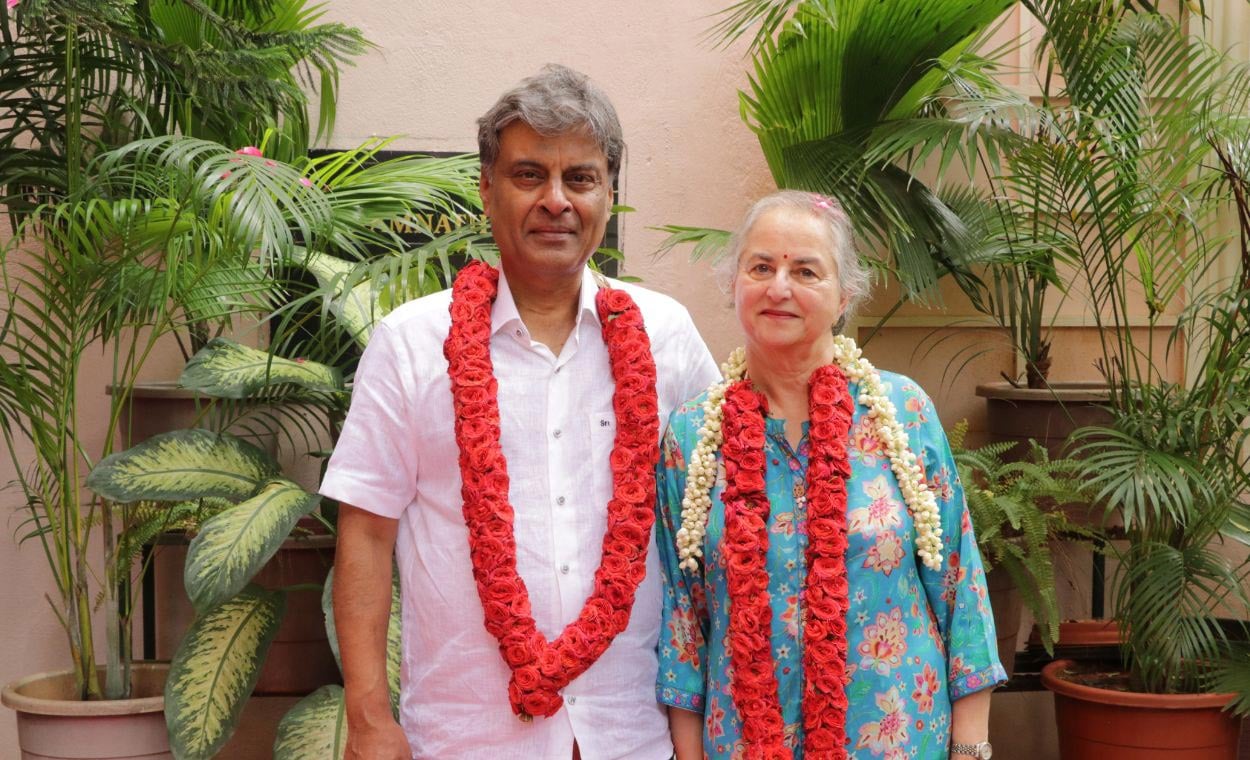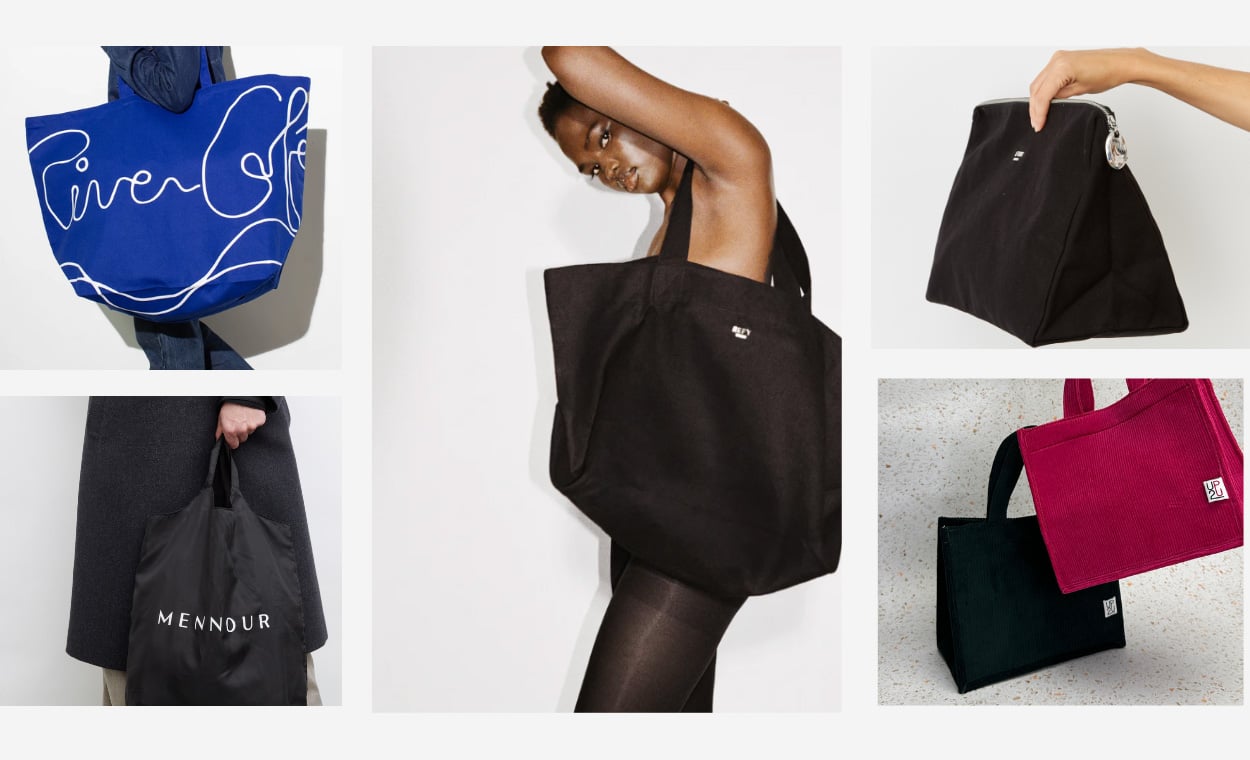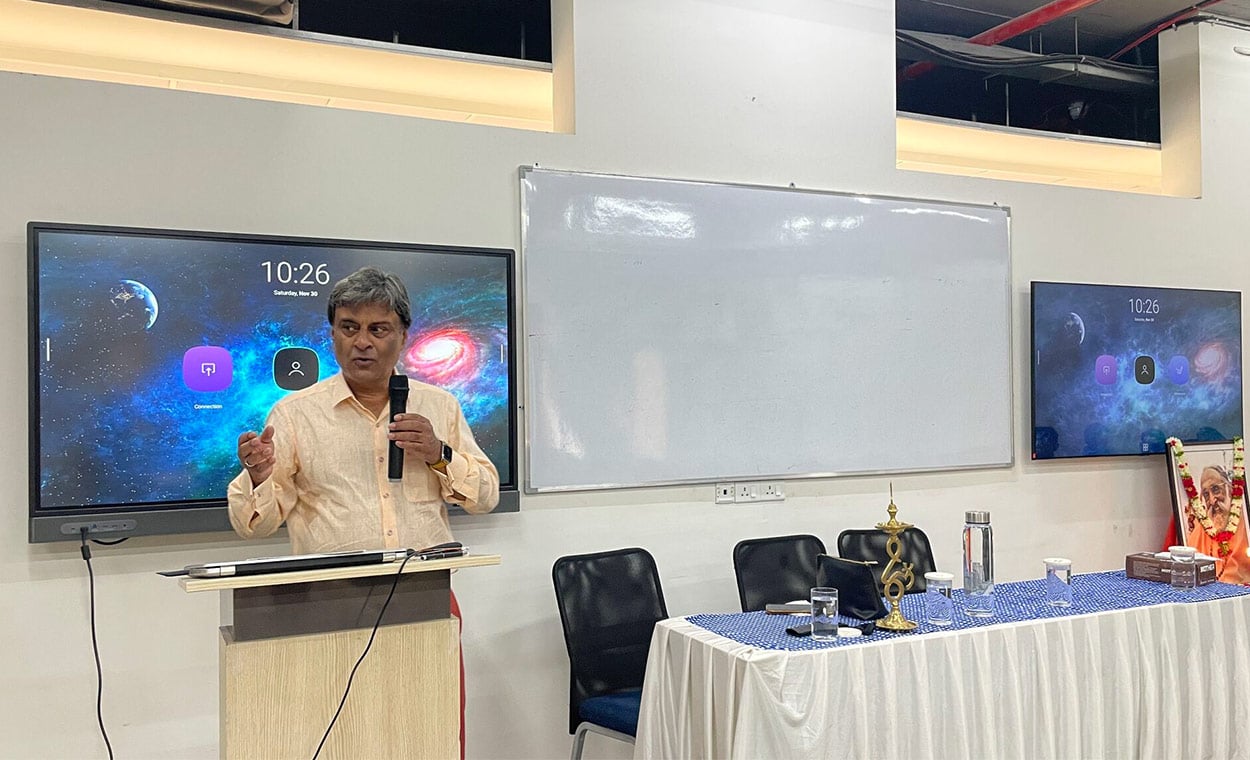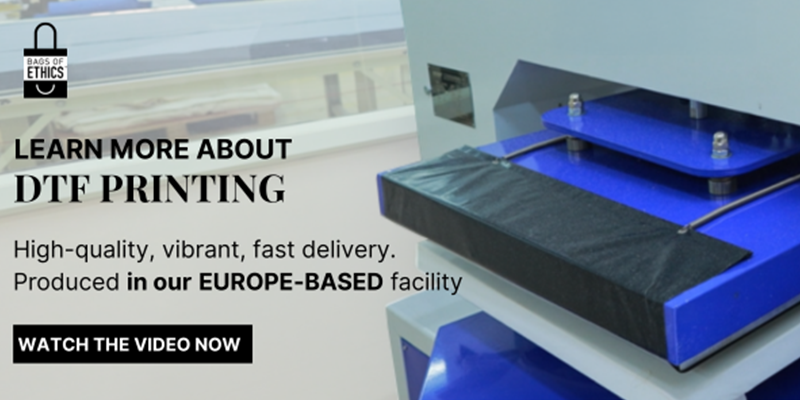Choosing a fibre from a design perspective can be challenging enough, but the fibre that a fabric is made from has numerous environmental and social impacts. It can be difficult to work out the best option when selecting a fibre.
Introducing Fibre Focus, our fabric blog that breaks down the various impacts of a fibre from an environmental, social justice and design standpoint. It is important to also consider any potential impacts a fibre might have if it were to become more popular.
Design advantages :
- Strong and durable
- Soft, breathable and lightweight
- Excellent drape
- High elasticity
- Antibacterial and anti-odor
- Relatively anti-crease compared to other fibres
Design disadvantages :
- Generally a knitted fabric, and so there can be issues with screen printing
- Lyocell is more expensive than other fibres
Environmental impacts :
- Generally produced in a closed-loop production system. This recycles and reuses water and chemicals and minimises chemical water pollution
- Lyocell is a man-made fibre produced from natural raw materials, usually wood pulp
- Trees are renewable and absorb and sequester CO2 during photosynthesis
- Trees must be felled to obtain the raw material
- Lyocell biodegrades, unlike polyester
- Mechanical equipment is used to spin the pulp into yarn – this results in carbon emissions
- Anti-wrinkle fabrics require less energy during the consumer use phase
- The production process involves amine oxide – which has numerous environmental and social impacts. However in a closed-loop production system amine oxide presence in effluent is minimised
- Trees flourish under organic circumstances
Social impacts :
- Creates jobs, which generate income for households
- Income is dependent on mechanical factories or mills – unlike fibres that can be hand processed such as cotton or silk
- Increased risk of occupational chemical exposure for lyocell producers
- Low washing temperatures and anti-wrinkle properties can save households money during the consumer use phase
Positive potential impacts :
- Cultivating the raw materials (trees) can preserve air, water and soil quality
- Prevention of soil erosion
- Preservation of natural biodiversity and ecological equilibrium
- Increased tree populations
- Decreased CO2 levels and increased oxygen levels
- Lyocell’s durability means that it is a perfect candidate for upcycling
- Decreased dependence on synthetic petrochemicals, and reduced demand for oil drilling
- The eucalyptus tree is the most commonly used material for lyocell. Eucalyptus has many applications and can be used as a natural dye and for cosmetics and medicine
Negative potential impacts :
- Increased risk of occupational chemical exposure for lyocell producers
- Increased risk on amine oxide pollution
- The trees used for pulp must be replaced, else the tree population will decline and the air quality will be impacted
- Job loss for producers in other fibre sectors
So there you have it, a simple breakdown of lyocell’s impacts that you can keep in mind when buying, sourcing or designing.
Fiber Focus: Lyocel
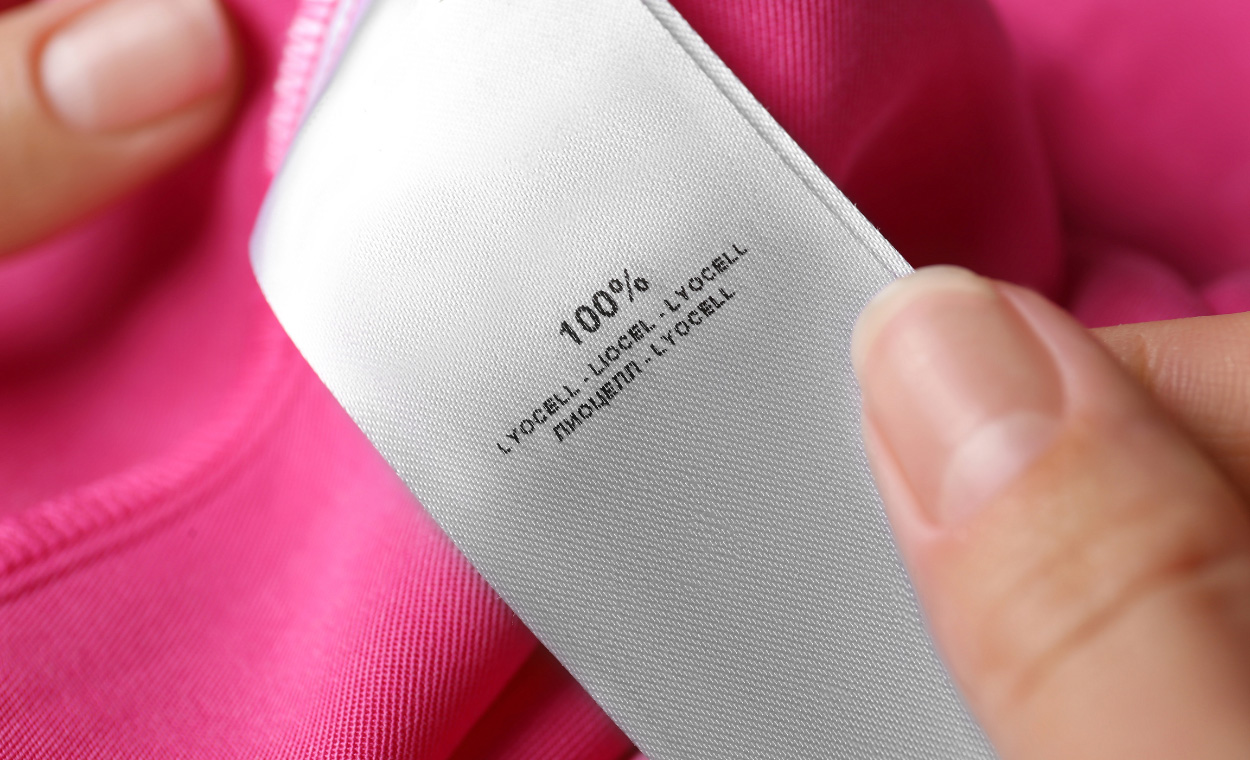








 France
France
 Germany
Germany
 Italy
Italy
 Spain
Spain
 United States
United States
 India
India

